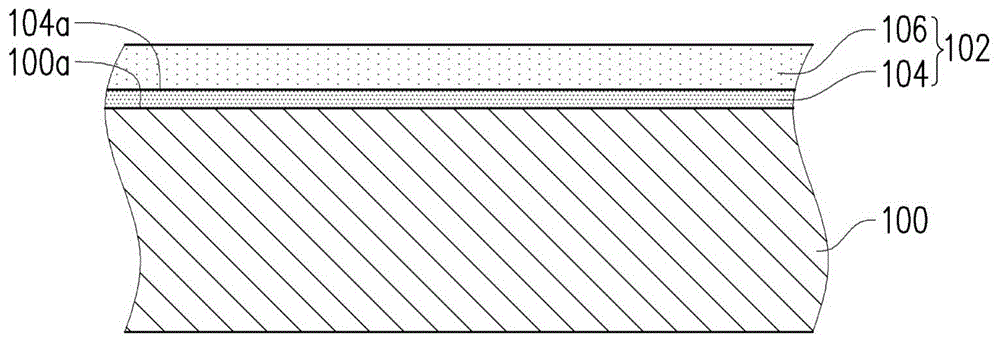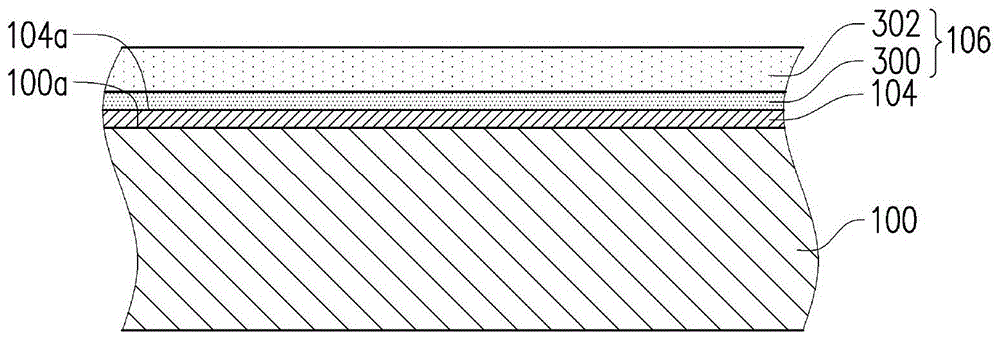Protected active metal electrode, lithium metal electrode and components having same
A lithium metal electrode, active metal technology, applied in electrical components, battery electrodes, non-aqueous electrolyte battery electrodes, etc., can solve the problems that the electrode layers cannot maintain a stable compatible structure, volume expansion, and poor ability to conduct electrons, etc. Achieving the effect of avoiding changes in surface morphology and improving resistance
- Summary
- Abstract
- Description
- Claims
- Application Information
AI Technical Summary
Problems solved by technology
Method used
Image
Examples
experiment example 1
[0089] The lithium metal electrode of Production Example 4, Comparative Example 1 and Comparative Example 2 was used as the negative electrode material, and lithium cobalt oxide was used as the positive electrode and the binder was mixed and coated on the aluminum foil as the positive electrode, and the electrolyte solution containing lithium ions was used. Constituent element one, control element one and control element two.
[0090] The above three components were tested, and the following table 1 was obtained.
[0091] Table I
[0092]
[0093] Zp: positive electrode impedance; Ze: electrolyte impedance; Zn: negative electrode impedance.
[0094] As can be seen from Table 1, using the traditional non-conductive lithium nitride to protect the lithium electrode will cause a significant increase in impedance. However, the device 1 of the present invention has lower impedance performance than the unprotected lithium electrode in terms of impedance.
experiment example 2
[0096] The initial capacitance of element 1 and control element 1 of experimental example 1 was measured and recorded in Table 2 below together with their total impedance.
[0097] In addition, element 1 and control element 1 were assembled in the same manner as in Experimental Example 1, but the following degradation tests were performed on the lithium negative electrode before composition.
[0098] Deterioration test: Expose various lithium electrodes to an atmospheric environment at 25°C and 70%RH for 3 minutes.
[0099] Then, the initial capacitance and total impedance of the element 1 and the control element 1 having the lithium negative electrode of the degradation test were measured, and the results are also recorded in Table 2 below.
[0100] Table II
[0101]
[0102] It can be seen from Table 2 that the total impedance of the unprotected lithium electrode increased significantly after the degradation test, and the active capacitance decreased significantly. Usin...
experiment example 3
[0104] In the same manner as in Experimental Example 1, component 1, control component 1 and control component 2 were composed, and then 20 charge-discharge cycles were performed. The relationship between the number of cycles and the capacitance is shown in Figure 5 , and the capacitance results after the initial and 20 cycles are recorded in Table 3 below.
PUM
| Property | Measurement | Unit |
|---|---|---|
| thickness | aaaaa | aaaaa |
| electrical resistivity | aaaaa | aaaaa |
| thickness | aaaaa | aaaaa |
Abstract
Description
Claims
Application Information
 Login to View More
Login to View More - R&D
- Intellectual Property
- Life Sciences
- Materials
- Tech Scout
- Unparalleled Data Quality
- Higher Quality Content
- 60% Fewer Hallucinations
Browse by: Latest US Patents, China's latest patents, Technical Efficacy Thesaurus, Application Domain, Technology Topic, Popular Technical Reports.
© 2025 PatSnap. All rights reserved.Legal|Privacy policy|Modern Slavery Act Transparency Statement|Sitemap|About US| Contact US: help@patsnap.com



